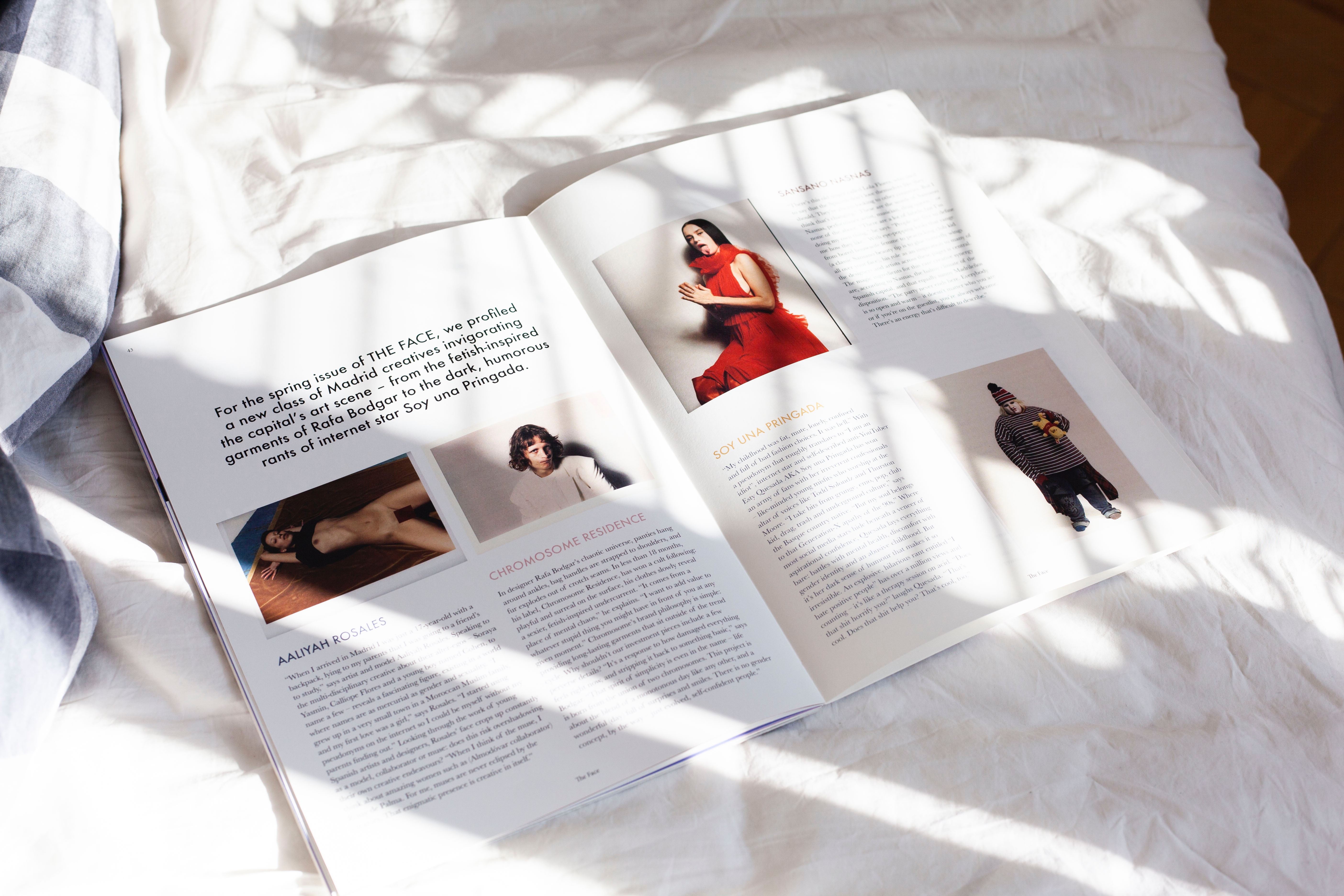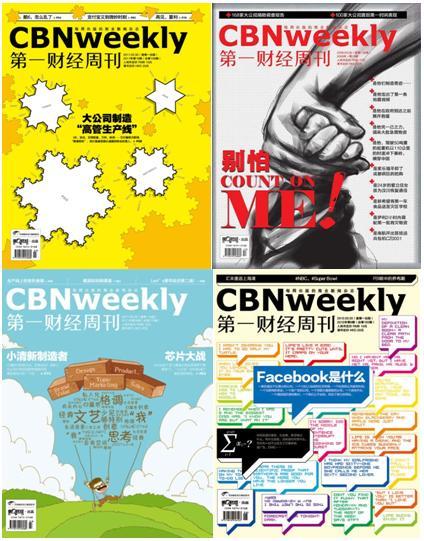

In May 2012, the Society of Publication Designers (SPD) revealed its annual winner of the “Magazine of the Year” award, putting the spotlight on exceptional ‘Magazine design.’ For more than 15 years, SPD has been acknowledging magazines that stand out in various facets of design, encompassing imagery, graphics, illustrations, and overall visual allure. This year, Bloomberg Businessweek emerged as the champion, surpassing formidable contenders like TIME and GQ to secure this esteemed recognition. With the ever-growing landscape of magazines, it’s unmistakable that concentrating solely on content is inadequate for maintaining a competitive edge in the industry. In today’s era of information overload, the significance of ‘Magazine design’ has surged to the forefront.

Innovative and well-crafted magazine covers and interior layouts can offer a distinct competitive edge. Similarly, a brand’s Visual Identity (VI) system can serve a similar purpose. Bloomberg Businessweek’s unique designs have significantly elevated its brand status, enhancing brand recognition and perception.
In China, a parallel trend is unfolding. Chinese print media once emphasized content at the expense of design. However, captivating layouts and appealing cover designs are now gaining prominence. Magazines are increasingly focusing on creative layouts and visually pleasing cover designs.
CBNWeekly, a notable Chinese example, positions itself as a financial and business magazine accessible to the general public. This positioning broadens its target audience. In addition to using simpler language, CBNWeekly places a strong emphasis on the visual design of its publication. Unlike most financial or business magazines in China, CBNWeekly’s cover designs prominently feature full-color graphics rather than portrait photographs. This consistent graphic style extends throughout the interior pages. CBNWeekly’s design-centric approach has transformed the perception of financial and business magazines, which were traditionally viewed as dull and serious in China. Through innovation and a design-focused strategy, CBNWeekly has successfully differentiated itself in the industry.
Whether it’s a magazine or a brand, the importance of design cannot be overstated in achieving success.

A Labbrand Group Company © 2005-2025 Labbrand All rights reserved
沪ICP备17001253号-3To improve your experience, we use cookies to provide social media features, offer you content that targets your particular interests, and analyse the performance of our advertising campaigns. By clicking on “Accept” you consent to all cookies. You also have the option to click “Reject” to limit the use of certain types of cookies. Please be aware that rejecting cookies may affect your website browsing experience and limit the use of some personalised features.